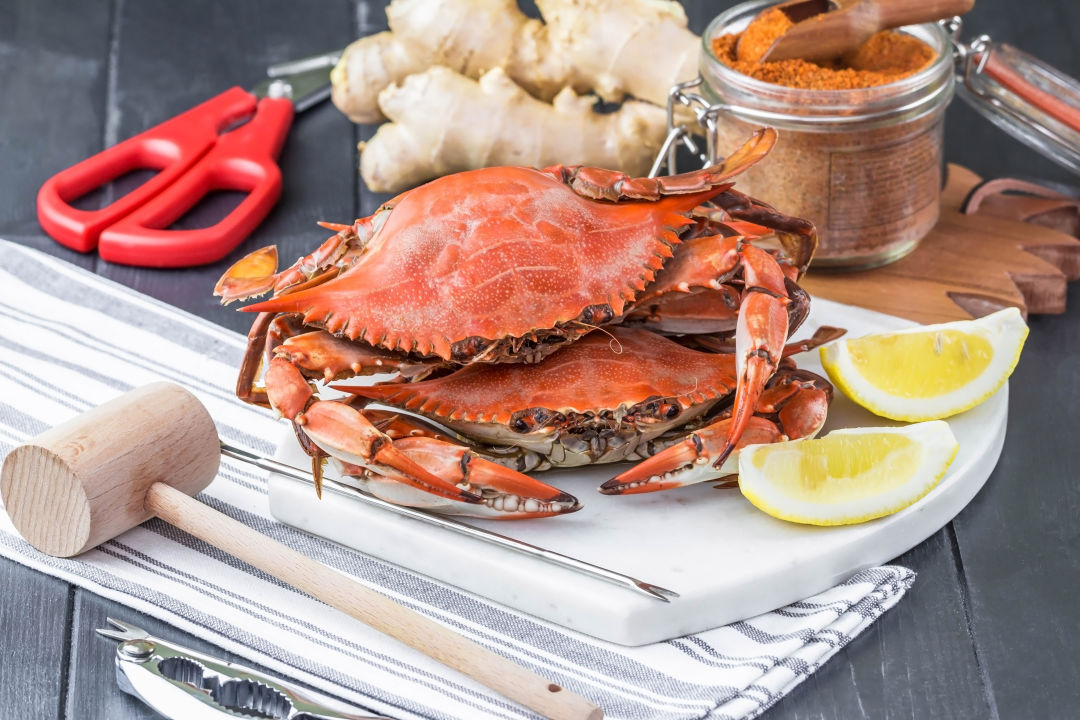


Secure the 125 μm mesh filters around pump suction in each larvae tank, so the larvae aren't filtered out with waste. When the egg mass appears strained and ready to hatch, transfer the female crabs to the hatchery tank.
Blue crab food install#
Install one Old World AquaFarm Bog filtration system to filter crab waste in the tank. Fill the tank with freshwater and add salt to create a salinity level of 3 parts per thousand or a specific gravity of 1.0022.

restaurants and crab suppliers have turned to Asian hatcheries, but scientists from the University of Maryland and reporters from the Baltimore Sun and Science Daily have discovered that it's possible to farm and raise blue crabs in fresh water. Sadly, as a result of decline and pollution in the Chesapeake Bay, fishing for wild blue crabs off the coast has become difficult. Blue crabs (Callinectes sapidus) have long been considered a delicacy on the Eastern coast of the United States.


 0 kommentar(er)
0 kommentar(er)
